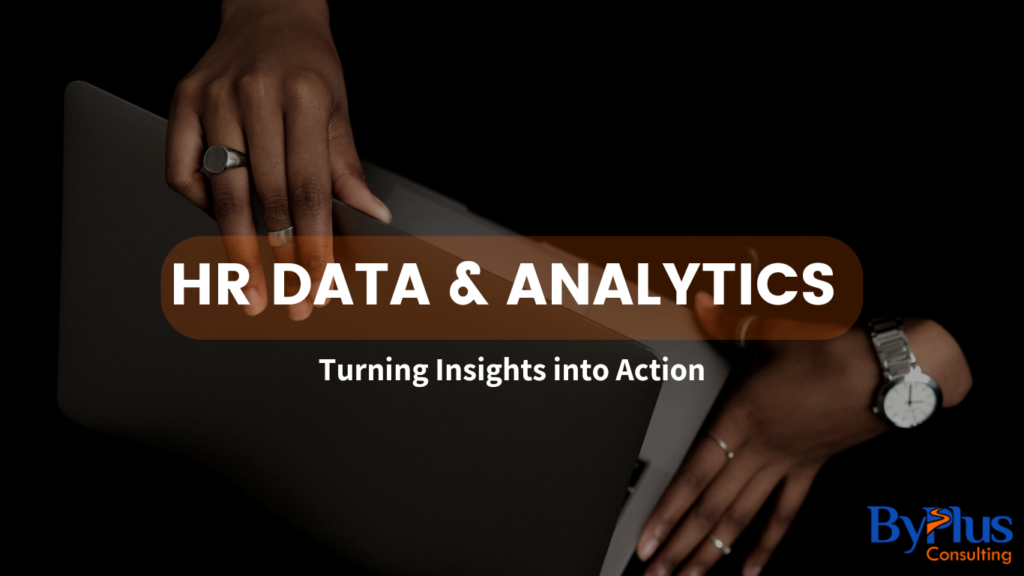
In today’s data-driven world, HR professionals are increasingly leveraging data and analytics to make informed decisions and drive positive change within their organizations. By harnessing the power of data, HR can gain valuable insights into employee behavior, performance, and satisfaction. This data-driven approach not only improves efficiency but also fosters a more engaged and productive workforce.
THE POWER OF HR ANALYTICS.
HR analytics involves collecting, analyzing, and interpreting data related to human resources. By examining key metrics such as employee turnover rates, performance reviews, and engagement surveys, HR teams can identify trends, patterns, and areas for improvement. This data-driven approach enables HR professionals to:
- Make Data-Driven Decisions: Instead of relying on intuition or anecdotal evidence, HR leaders can make informed decisions based on solid data. By analyzing historical data and current trends, they can anticipate future needs and allocate resources effectively.
- Improve Employee Satisfaction: By understanding employee preferences and pain points, HR can implement strategies to boost satisfaction and morale. For example, analyzing feedback from surveys and exit interviews can help identify areas where improvements are needed.
- Enhance Employee Retention: By tracking key metrics like turnover rates and employee tenure, HR can identify factors that contribute to employee retention. By addressing these factors, organizations can reduce turnover and improve overall employee satisfaction.
- Optimize Performance Management: Data-driven performance management enables HR to set clear expectations, provide timely feedback, and recognize high-performing employees. By analyzing performance data, organizations can identify training needs and develop targeted development plans.
- Predict Future Trends: By utilizing predictive analytics, HR can forecast future workforce needs and identify potential challenges. This allows organizations to proactively plan for the future and avoid potential talent shortages or surpluses.
Turning Insights into Action
Once HR professionals have gained valuable insights from data analysis, the next step is to turn those insights into actionable strategies. Here are some practical steps to implement: - Define Clear Objectives: Clearly articulate the specific goals you want to achieve through data analysis. Whether it’s improving employee retention, boosting productivity, or enhancing diversity and inclusion, having clear objectives will guide your efforts.
- Identify Key Metrics: Determine the key metrics that will help you measure progress toward your objectives. This may include metrics such as employee satisfaction scores, turnover rates, and performance ratings.
- Collect and Analyze Data: Gather relevant data from various sources, including HR systems, surveys, and performance reviews. Use data analysis tools to uncover trends, patterns, and correlations.
- Communicate Insights: Share your findings with key stakeholders, including management, team leaders, and employees. Use clear and concise visualizations to communicate complex data effectively.
- Implement Action Plans: Develop and implement action plans based on the insights gained from data analysis. These plans may involve training programs, performance improvement initiatives, or changes to HR policies and procedures.
- Monitor and Evaluate: Continuously monitor the impact of your data-driven initiatives and evaluate their effectiveness. Use data to track progress and make adjustments as needed.
By embracing data and analytics, HR professionals can transform their organizations into data-driven, high-performing workplaces. By turning insights into action, HR can improve employee satisfaction, retention, and performance, ultimately driving business success.
LIKE, SHARE, FOLLOW US ON OUR SOCIAL MEDIA PLATFORMS FOR MORE INTERESTING TOPICS.
